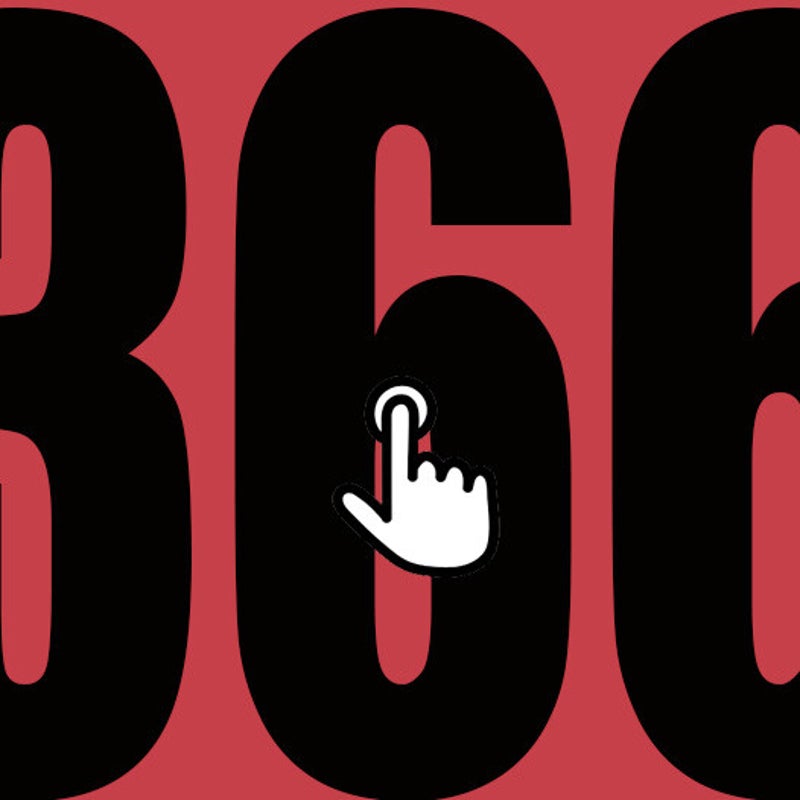
Today is Picasso of jazz,
Miles Davis's birthday, one of
the most innovative and influential musicians of the 20th century.
The portrait above and the musical reference work / birthday calendar
with 366 world famous musicians, are made by me, Frieke.
Miles Dewey Davis III was born on May 26, 1926, in Alton, Illinois, but grew up in East St. Louis, Missouri. His father, Miles Dewey Davis II, was a dentist and had a good income, which gave Miles access to a good education and musical training. His mother played the piano and actually wanted him to learn to play the violin, but when he received a trumpet for his thirteenth birthday, he focused on that. Later, he took lessons from Elwood Buchanan, who encouraged him to play without vibrato, which would become a hallmark of his style.
Davis was already playing with jazz bands around St. Louis at the age of fifteen until he moved to New York in 1944 to study at the Institute of Musical Art (now Juilliard School), but he preferred to attend jam sessions with Dizzy Gillespie and Charlie Parker. In the summer of 1948, Davis formed a nonet with the famous jazz artists Gerry Mulligan, J.J. Johnson, Kenny Clarke, and Lee Konitz. The group was short-lived, but during its brief history, it recorded a dozen tracks collected in the album Birth of the Cool, which defined the cool jazz genre.
In the early 1950s, Davis struggled with a drug addiction but still managed to record albums that are considered among his best. In 1954, after overcoming his addiction, he transitioned to hard bop, with albums such as Walkin', Round About Midnight, Workin, Steamin, Relaxin, Milestones The most famous album, Kind of Blue (1959), is not considered a hard bop album. It is actually a milestone in the development of modal jazz, a period during which Davis was regarded as the most innovative musician in jazz.
In the 1960s, Davis formed a new quintet with bassist Ron Carter, pianist Herbie Hancock, Tony Williams, and Wayne Shorter. This quintet ranged from blues to avant-garde and free jazz. Live at the Plugged Nickel, ESP, Miles Smiles and Nefertiti were among the most influential of this Miles Davis quintet. In 1968, after the albums Miles in the Sky and Filles de Kilimanjaro Davis began experimenting with electronic instruments, as heard on Davis In a Silent Way (1969), which is considered the groundbreaking album of the jazz fusion movement. Davis continued in this style for several years, with notable highlights being the album Live-Evil and the film soundtrack A Tribute to Jack Johnson.
In 1972, Davis was injured in a car accident, causing him to withdraw from the public eye for a while. He only returned in the 1980s, with his style changing to jazz-rock, and he returned to his blues roots. During this period, Davis won several Grammy Awards for albums like We Want Miles, Tutu en Aura.
In 1989, Miles Davis published his autobiography, titled Miles: The Autobiography, written in collaboration with Quincy Troupe. This book provides an in-depth, honest, and often raw insight into his life and career. On September 28, 1991, Miles Davis passed away from pneumonia and a stroke. His last album, Doo-Bop (1992), was released posthumously. Along with Louis Armstrong, Duke Ellington, and Charlie Parker, Davis is considered one of the four most important and influential musicians in jazz history.
Niki de Saint Phalle immortalized the legendary jazz musician in a sculpture that occupies a prominent place in the garden of the Belle Époque hotel Negresco on the Promenade des Anglais in Nice. There is also a statue of Davis in the Polish city of Kielce, made by the Polish sculptor Adam Myjak.




Reactie plaatsen
Reacties